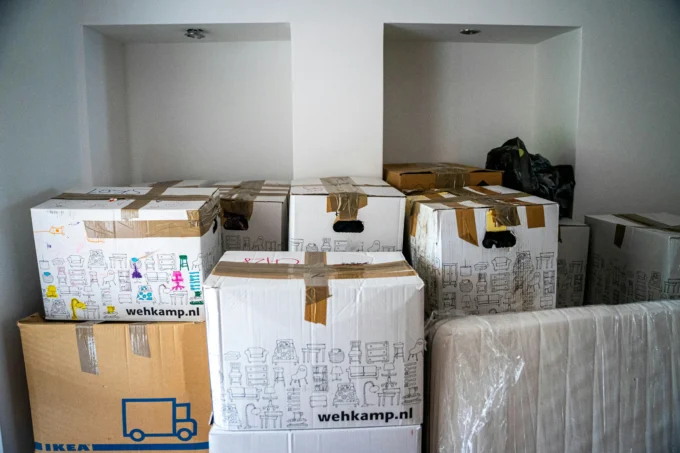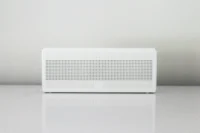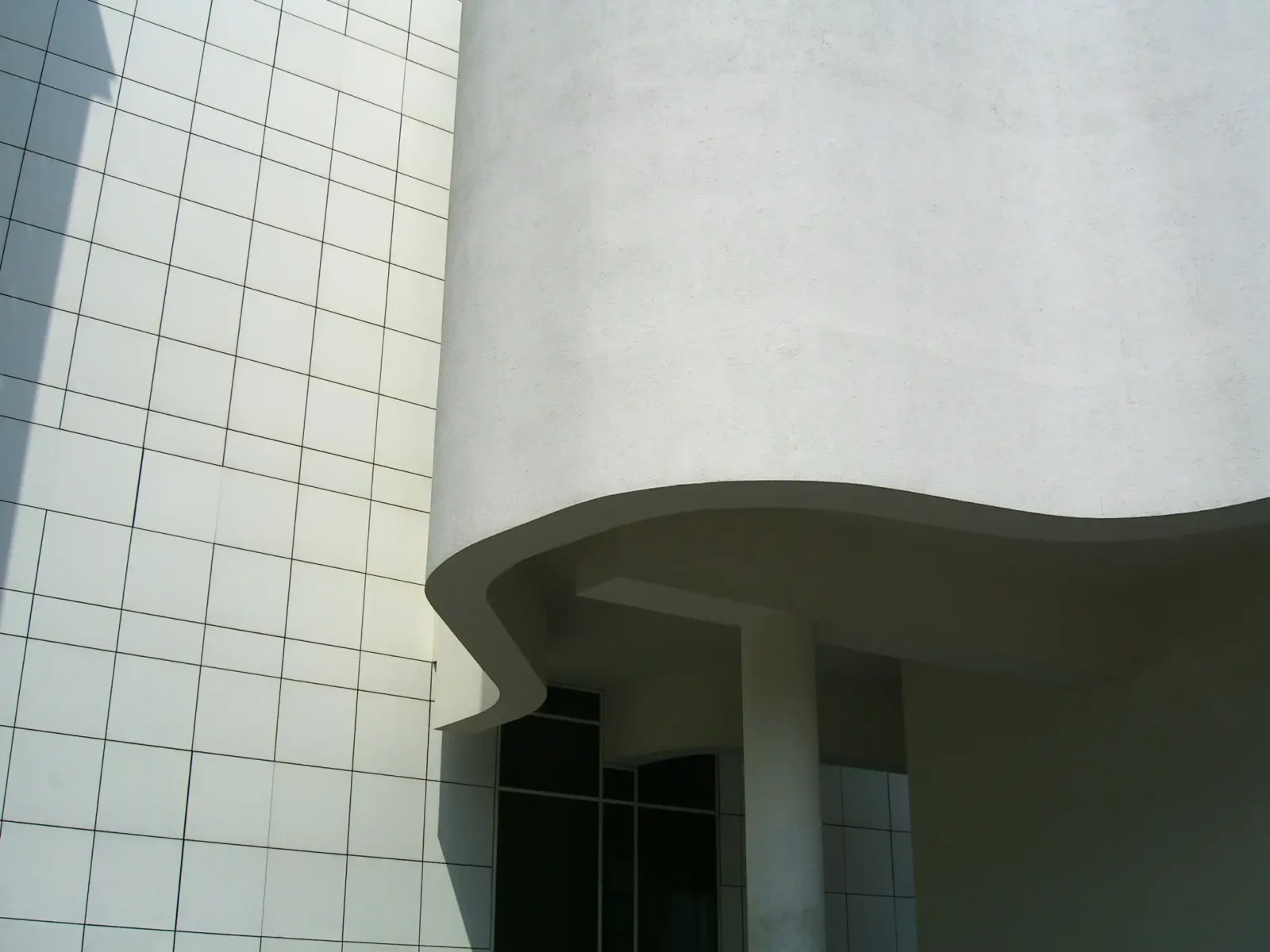- Home
- Articles
- Architectural Portfolio
- Architectral Presentation
- Inspirational Stories
- Architecture News
- Visualization
- BIM Industry
- Facade Design
- Parametric Design
- Career
- Landscape Architecture
- Construction
- Artificial Intelligence
- Sketching
- Design Softwares
- Diagrams
- Writing
- Architectural Tips
- Sustainability
- Courses
- Concept
- Technology
- History & Heritage
- Future of Architecture
- Guides & How-To
- Art & Culture
- Projects
- Interior Design
- Competitions
- Jobs
- Store
- Tools
- More
- Home
- Articles
- Architectural Portfolio
- Architectral Presentation
- Inspirational Stories
- Architecture News
- Visualization
- BIM Industry
- Facade Design
- Parametric Design
- Career
- Landscape Architecture
- Construction
- Artificial Intelligence
- Sketching
- Design Softwares
- Diagrams
- Writing
- Architectural Tips
- Sustainability
- Courses
- Concept
- Technology
- History & Heritage
- Future of Architecture
- Guides & How-To
- Art & Culture
- Projects
- Interior Design
- Competitions
- Jobs
- Store
- Tools
- More
Rethinking Tile in Home Design: Material Access, Sustainability, and Function

Tile has traditionally been treated as a finishing detail in construction—something selected at the end of a project, often limited by what is immediately available. That view is changing. More homeowners, contractors, and designers now approach tile as a material with both functional and architectural significance, shaping not only how spaces look but also how they perform over time.
Table of Contents
ToggleTile Beyond the Basics
While floors, backsplashes, and bathrooms remain common uses, tile is increasingly integrated into less conventional applications. It is being used to frame fireplaces, define entryway transitions, clad stair risers, and even support outdoor landscapes. In these roles, tile contributes to the rhythm of a space, guiding flow, adding durability, and providing texture that complements broader design choices.

The Role of Access and Variety
As tile becomes more central to design, the need for wider material access has grown. A single project may call for high-gloss mosaics, matte porcelain, or textured stone, depending on performance requirements and aesthetic goals. Solidshape, a company focused on tile distribution and sourcing, addresses this need by connecting projects with both current and overlooked inventory. By organizing materials based on type, finish, and application, rather than brand alone, the company helps reduce uncertainty in the sourcing process.
Sustainability and Smarter Sourcing
Sustainability in building materials is no longer only about recycled content or green certifications. It also involves rethinking how surplus and discontinued materials are used. Tile is a durable surface, but producing more than is necessary or discarding unused stock contributes to waste. Solidshape works with surplus and discontinued inventory, keeping viable products in circulation and reducing reliance on new production runs.
One example illustrates this approach: a homeowner in need of discontinued stone tile for a remodel was able to continue the project when Solidshape located unused stock from a smaller distributor. The solution not only saved the design continuity but also kept unused material from entering the waste stream.
Addressing the Discontinued Tile Challenge
Renovation and repair projects often face the problem of discontinued products. A missing or damaged tile in a kitchen or bathroom can lead to mismatched replacements or costly demolition. Access to discontinued stock provides a practical solution, allowing projects to move forward while maintaining the original design intent.

Final Notes
Tile is no longer just a decorative layer at the end of construction. Its strength, range of applications, and longevity make it a central part of design and planning. Solidshape’s work in sourcing both current and surplus materials reflects broader industry efforts to align design flexibility with sustainability.
As the role of tile expands, the way it is sourced will continue to matter—supporting not only the look of a finished space but also the durability, continuity, and environmental responsibility of the project as a whole.
illustrarch is your daily dose of architecture. Leading community designed for all lovers of illustration and #drawing.
Submit your architectural projects
Follow these steps for submission your project. Submission FormLatest Posts
The Ultimate Guide to Fencing in North Dakota: Choosing the Best Fence for Your Property
Watching a chain link fence twist in 70 mph winds near Minot...
Gaudí: Where Architecture Meets Science
Gaudí: Where Architecture Meets Science shows catenary arches, ruled surfaces, and biomimicry...
How Housing Market Forces Shape Architectural Design Today
Architecture never exists in isolation. Buildings rise from a mix of ambition,...
Why Portable Formaldehyde Gas Detectors Matter on Construction Sites
As construction practices shift toward more enclosed and material-intensive environments, the risk...












Leave a comment